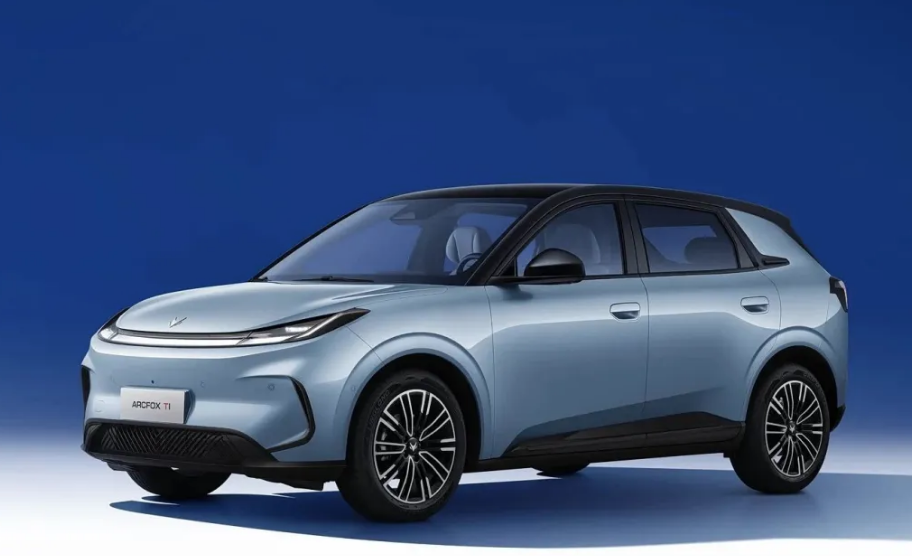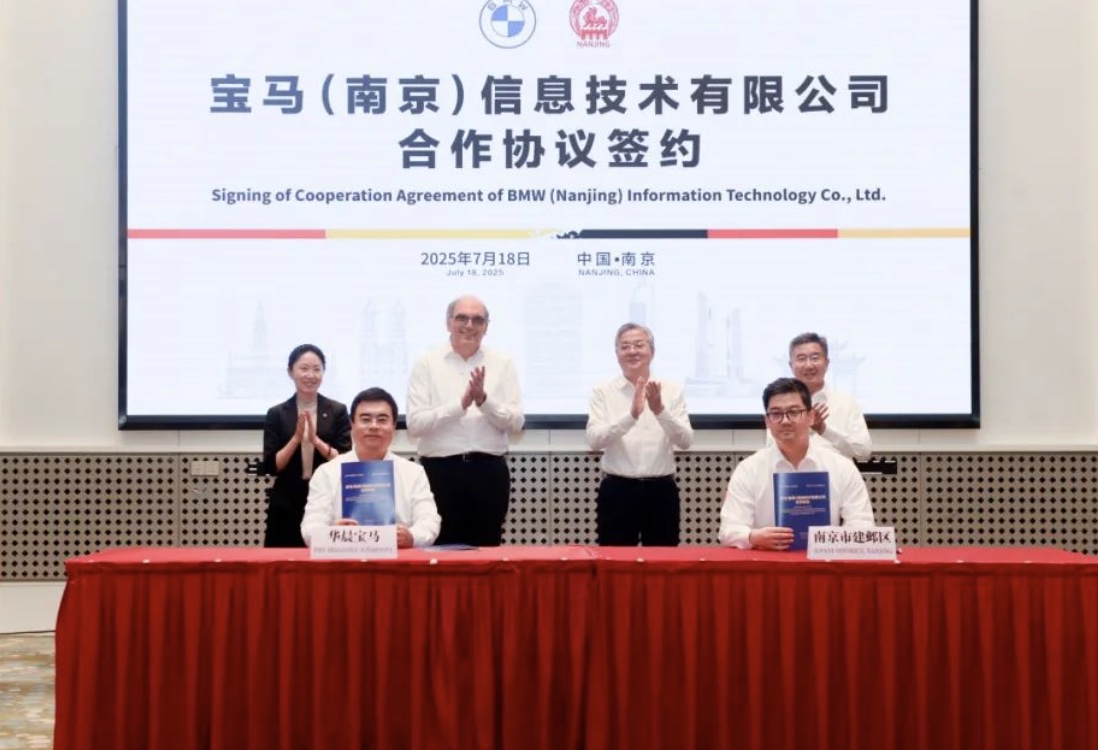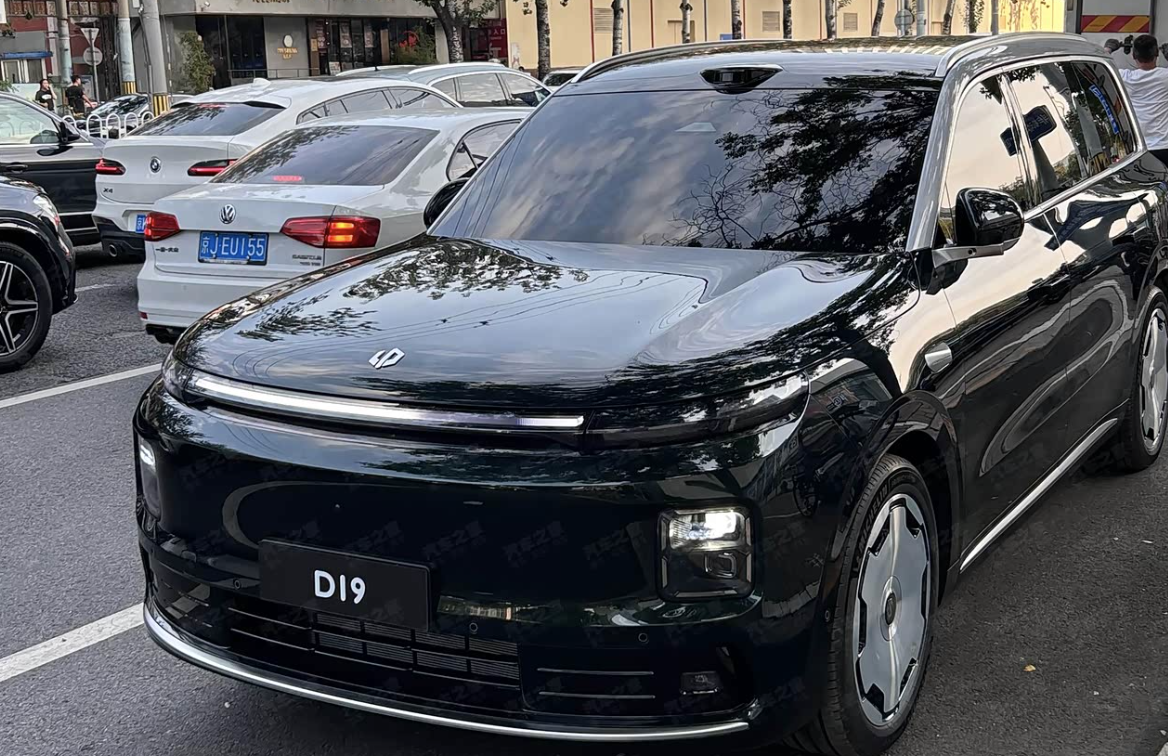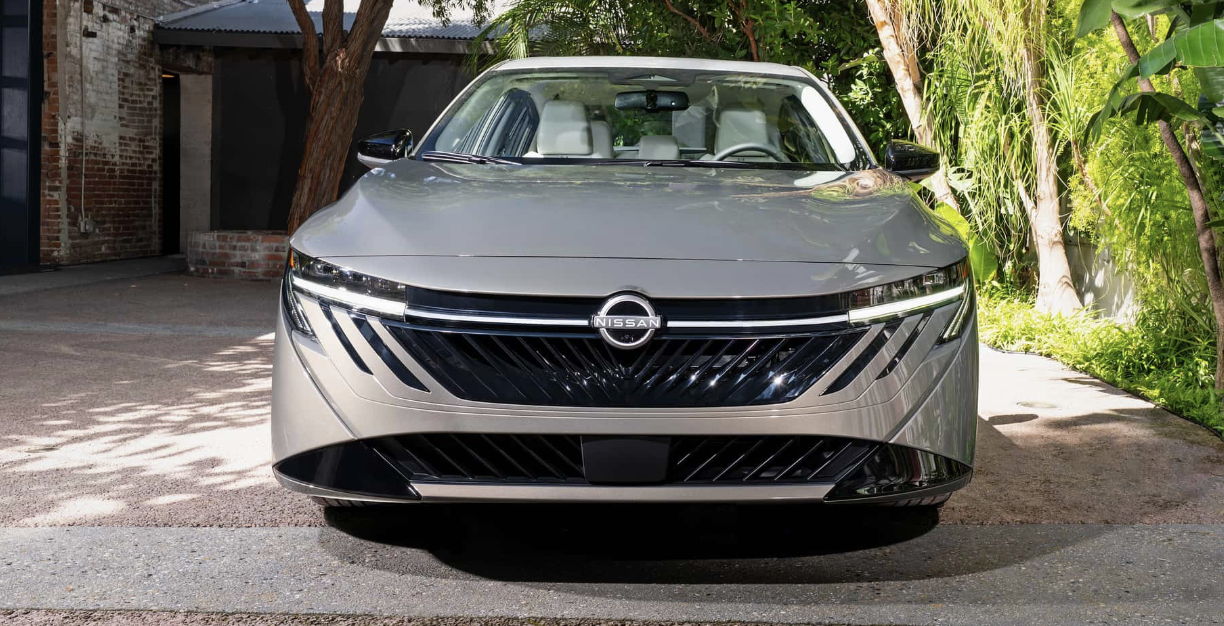Recently, BAIC BluePark officially released its interim performance report. Financial results show that in the first half of the year, BAIC BluePark achieved operating income of 9.517 billion yuan, a year-on-year increase of 154.38%, while the net loss attributable to shareholders of listed companies was 2.308 billion yuan, compared with a loss of 2.582 billion yuan in the same period. Over a longer timeline, BAIC BluePark has accumulated losses exceeding 30 billion yuan in the past four years: a loss of 6.482 billion yuan in 2020, followed by 5.244 billion yuan in 2021, 6.465 billion yuan in 2022, 5.4 billion yuan in 2023, and a record-high loss of 6.948 billion yuan in 2024.

According to the financial report, Beijing New Energy Automobile Co., Ltd. recorded operating income of 8.97 billion yuan in the first half of the year, with an operating loss of 3.537 billion yuan and a net loss of 3.547 billion yuan. Beijing BluePark Arcfox Automotive Technology Co., Ltd. achieved operating income of 5.725 billion yuan in the first half, with an operating profit of 18.2 million yuan and a net profit of 18.2 billion yuan.
In terms of sales volume, BAIC BluePark seems to be emerging from a slump. Data shows that BAIC BluePark sold 67,152 vehicles in the first half of the year, a year-on-year increase of 139.73%, among which Arcfox sales reached 53,183 units, a year-on-year surge of 198.06%. However, the sharp increase in sales did not translate into improved profitability for BAIC BluePark. The key reason is insufficient large-scale production: its half-year sales volume is less than one-fifth of BYD’s. Low sales volume has weakened its bargaining power with upstream suppliers, keeping the costs of core components such as batteries and chips high.
Secondly, BAIC BluePark’s adherence to a “high-quality route” has led to persistently high material costs. Arcfox models generally adopt high-end configurations such as high-strength steel-aluminum hybrid bodies and CATL battery cells, resulting in a per-vehicle material cost that is 15%-20% higher than that of competitors in the same class. Meanwhile, under the pressure of price wars, in order to compete with rivals, BAIC BluePark has not only reduced product prices but also increased various promotional costs, such as charging piles and providing free maintenance services, gradually eroding profits.
Another major cause of BAIC BluePark’s losses is heavy investment in research and development (R&D). In the first half of 2025, BAIC BluePark’s R&D expenses reached 1.07 billion yuan, compared with 657 million yuan in the same period last year, a year-on-year increase of 62.94%. This investment covers multiple cutting-edge fields, including the development of a new electronic and electrical architecture, adaptation of Huawei ADS 3.0 advanced intelligent driving system, and pre-research on solid-state battery technology. In addition, it has spared no effort in marketing: marketing expenses rose 45% year-on-year to 1.8 billion yuan in the first half, mainly used to expand Huawei’s store channels and subsidize terminal promotions. At the same time, the rapid expansion of the sales network is also eating into profits: 58 new Arcfox experience centers and 32 Xiangjie direct stores were added in the first half, with channel construction costs increasing by 89% year-on-year. However, such high investments have not effectively translated into sales and profit growth, and the critical point for amortizing fixed costs and R&D expenditures has not yet been reached.
BAIC BluePark’s transformation logic is clear: stabilizing the market through the Arcfox brand and high-end segments through the Xiangjie brand. Positioned in the mid-to-high-end market, Arcfox is committed to building intelligent and luxurious new energy vehicles. It is reported that Arcfox’s new compact car, the Arcfox T1, will start pre-sales on August 22. It has a wheelbase of 2,770mm, adopts a single motor, is equipped with China Innovation Aviation’s LFP battery pack, and has a CLTC range of 425km. The Xiangjie brand, a deep collaboration between BAIC BluePark and Huawei, targets the high-end intelligent new energy vehicle market. Its first model, the Xiangjie S9, leveraging Huawei’s Turing platform technology, has achieved certain results in the pure electric luxury sedan market above 400,000 yuan. Xiangjie will subsequently launch new models such as extended-range versions to meet diverse consumer needs. The wagon model Xiangjie S9T will start pre-sales on August 18 and be launched in September, with an expected price range of 350,000-380,000 yuan, offering both pure electric and extended-range powertrain options.
BAIC BluePark’s predicament of huge losses is a microcosm of the fierce competition in the new energy vehicle industry. Behind it lie issues such as market competition, internal shortcomings, and cost pressures—challenges that many automakers may face in their development. Despite the current severe losses, BAIC BluePark’s proactive transformation strategies, such as brand and product structure adjustments, deepening cooperation with Huawei, and internal reforms to reduce costs and increase efficiency, bring a glimmer of hope for its future development. Whether BAIC BluePark can successfully emerge from the loss dilemma and achieve profit growth remains uncertain.


